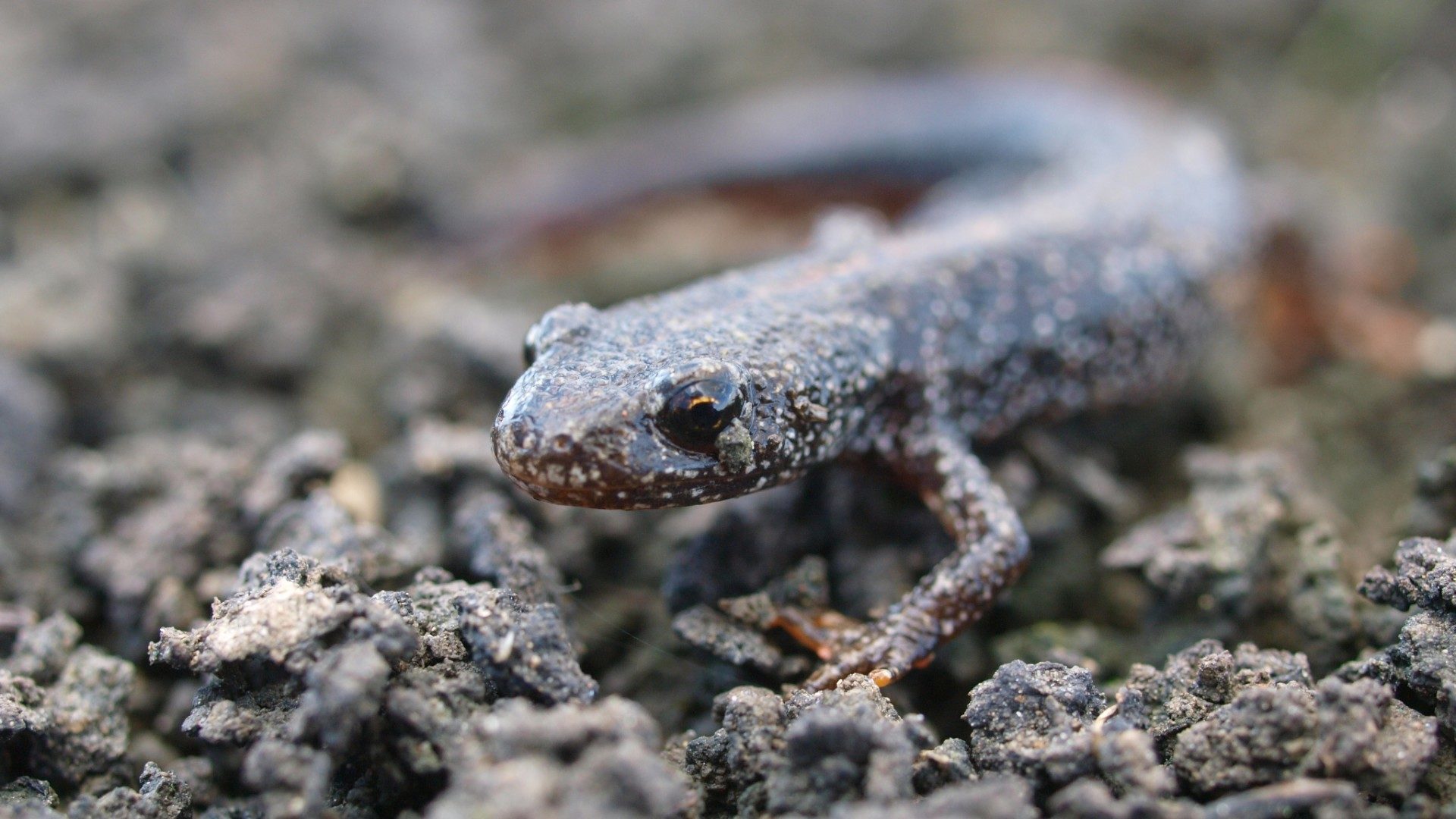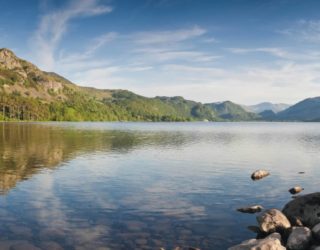We often hear that great crested newts are bad news for developers, but what about the ecology of this native protected species?
What’s their range?
In Britain, the great crested newt (Triturus cristatus) is widely distributed throughout England, Wales and southern Scotland, but is patchy in its distribution. Britain is the most westerly country supporting populations of the species with its range extending to Finland in the north, the Russian border with Kazakhstan to the east and southern France in the south.
Where might you find Great Crested Newt?
To survive, they require both aquatic and terrestrial habitat. They are usually found in ponds but other standing water bodies such as ditches may also support the species. The ideal pond size is between 100 and 300m2, but they can be found in smaller ponds, particularly if there are a series of ponds in close proximity. For the newts to breed, the ponds should have suitable submerged plant cover to allow eggs to be laid in the leaves for protection. Unvegetated areas within the pond are also helpful as it allows males space to display to females during the breeding season. The species has been known to occur in both acid and alkaline waterbodies but seems to prefer either close to neutral or slightly alkaline ponds. Around the edge of the waterbody, areas of refuge would allow them to withstand extreme weather conditions such as cold in the winter and drought in the summer. There should be suitable areas for foraging habitat to allow them to catch prey, as well as suitable features that could be used for hibernation, including underground crevices, tree root systems, mammal burrows, rubble piles or old walls.
What do Great Crested Newt eat and what eats them?
They are mainly active at night and feed during this time, taking refuge at the bottom of ponds or hiding in refugia during the day. They have a wide variety of prey, which they hunt both on land and in the water. Their diet will depend on the availability of prey; when they are foraging on land, crane flies, worms, spiders, slugs and snails could be on the menu, whereas in water, shrimps, lesser water boatmen, mayfly nymphs, and leeches all make for a tasty snack. They will also eat other newt larvae, tadpoles and frog spawn! They suffer predation themselves from larger predators such as herons, fish and dragonfly larvae.
What does a year in the life of an adult great crested newt look like?
Their active period begins between February and April, depending on the temperature and rainfall when adults emerge from hibernation and migrate from their overwintering sites on land to the ponds where they will breed and the females will lay their eggs. They typically arrive at ponds gradually rather than simultaneously, with males tending to arrive earlier than their female counterparts. The breeding season takes place between April and May with males developing the distinctive crest that gives the species its common name. After mating, the females lay their eggs singly on submerged leaves, with the leaf folded over the egg for protection, with each breeding female typically laying around 250 eggs each season.
The amount of time that newts stay in the breeding ponds varies hugely between individuals. While some will begin leaving from as early as May, others leave as late as October and in some cases will even overwinter in the pond. Having left the pond, they will live and forage on land over the rest of the summer and autumn and begin hibernation around October time, depending on the temperature in any given year.
What about the development of juveniles?
After the female lays her eggs, they take between 2 and 6 week to hatch, but this varies depending on environmental conditions such as shade and temperature. An unusual and unfortunate feature of their development is that they have a chromosomal abnormality which means that around 50% of the young die within 1-2 weeks of embryonic development. The larvae predate on small invertebrates, with the rate of development influenced by prey availability. Typically, it takes around 16 weeks for the newly hatched larvae to complete metamorphosis into an adult. However, it takes around 2-4 years for a juvenile to mature and begin breeding. In this period, they leave the pond and tend to live and forage predominantly on land but may sometimes return to ponds before they are mature.
How can Thomson help with GCN?
The team at Thomson have years of experience of guiding clients through legislation that protects GCN on proposed development sites. We can help with the end to end survey and mitigation requirements that will enable you to meet environmental compliance and proceed with your latest project.











